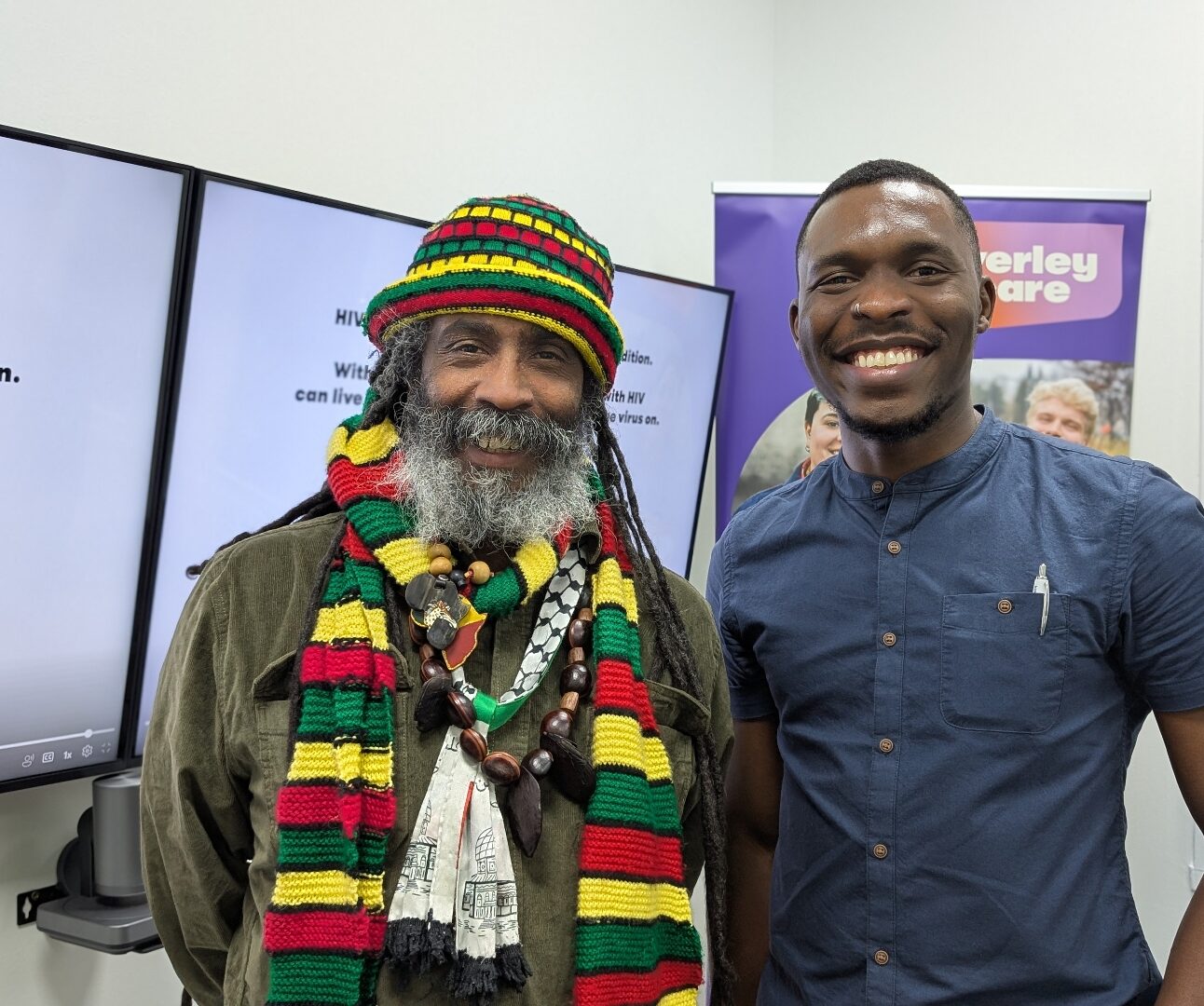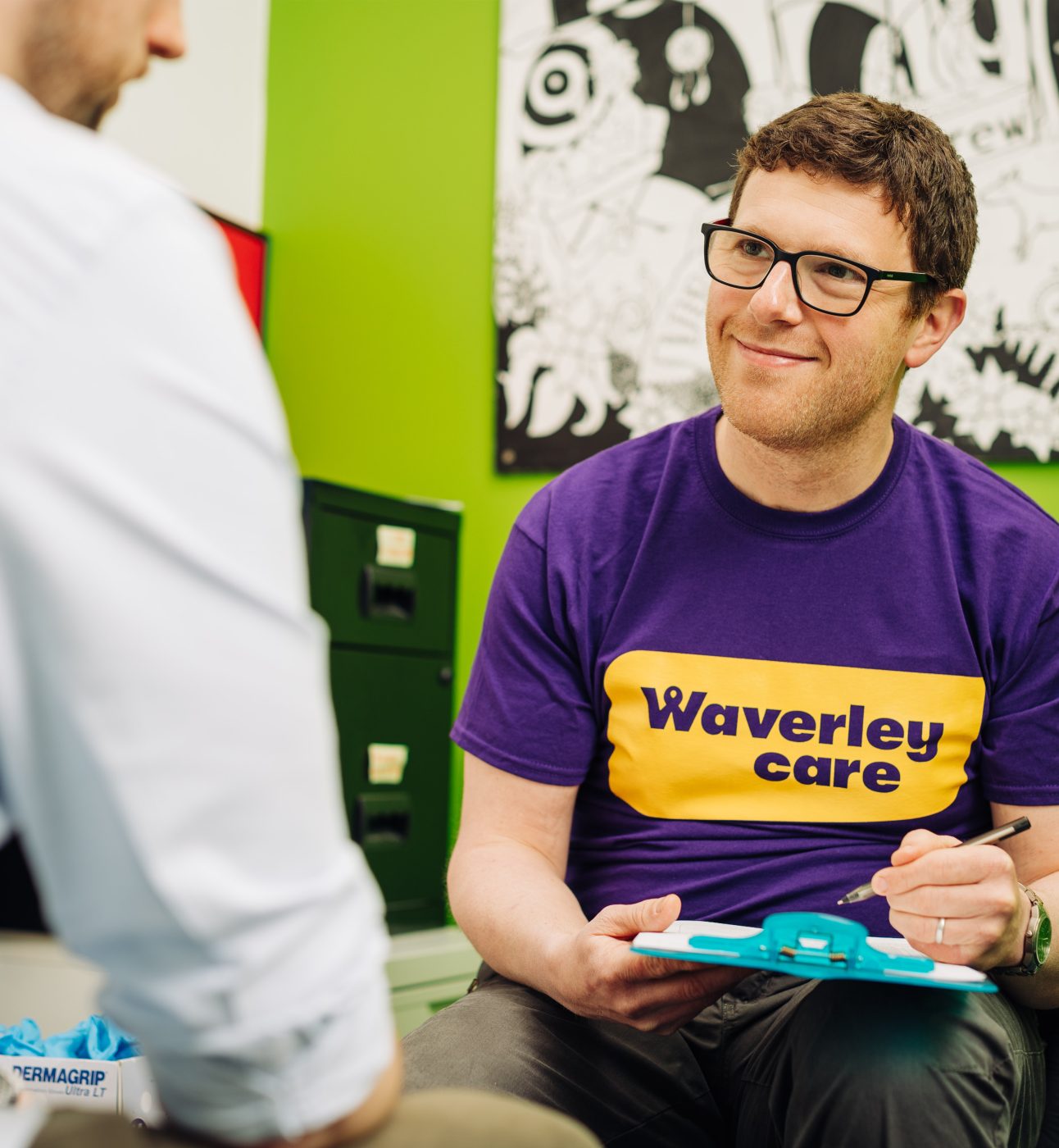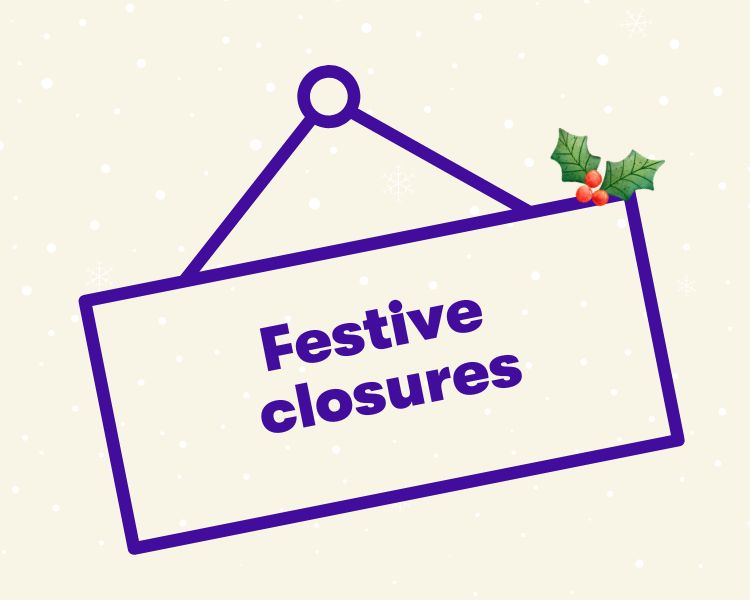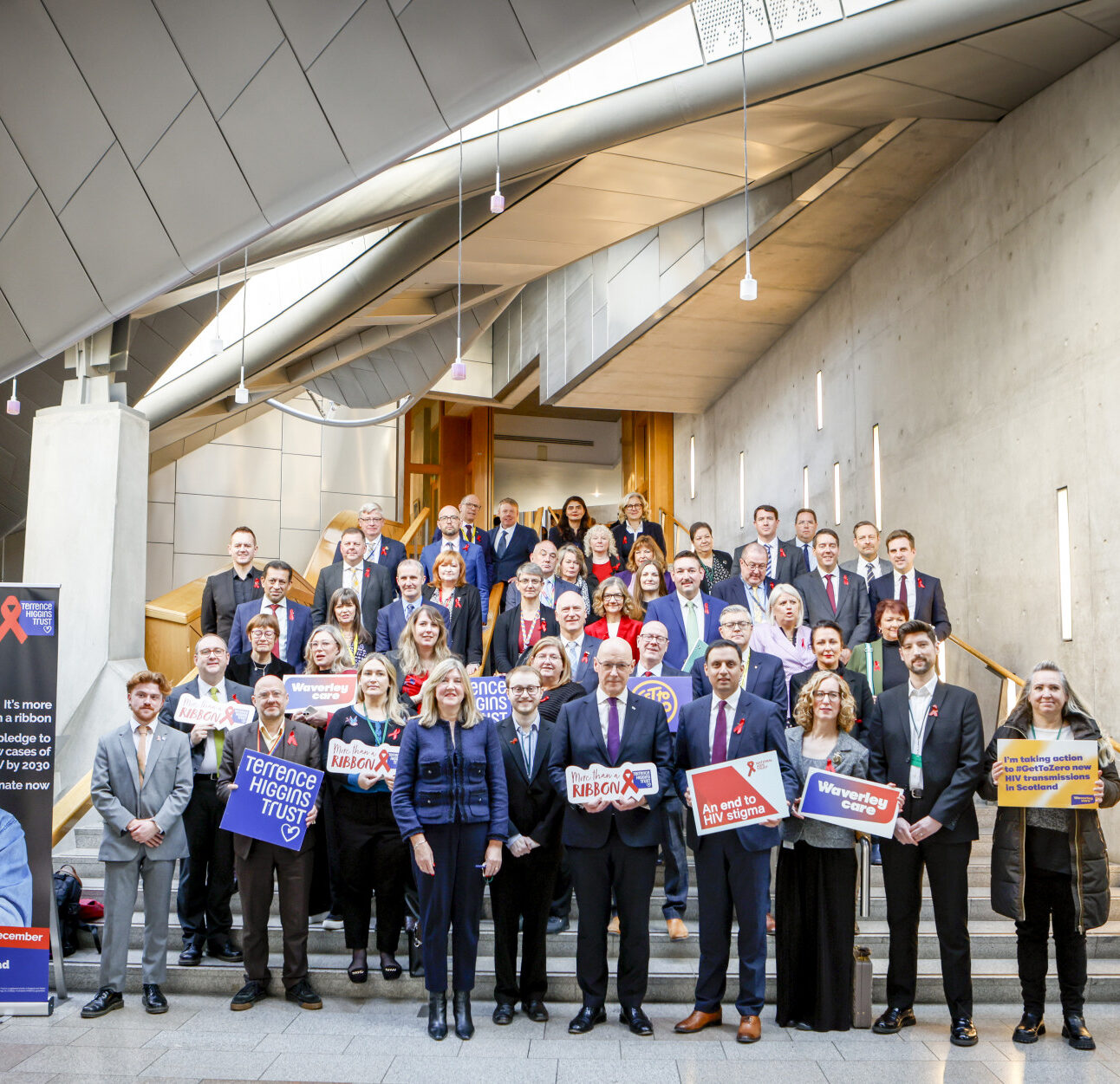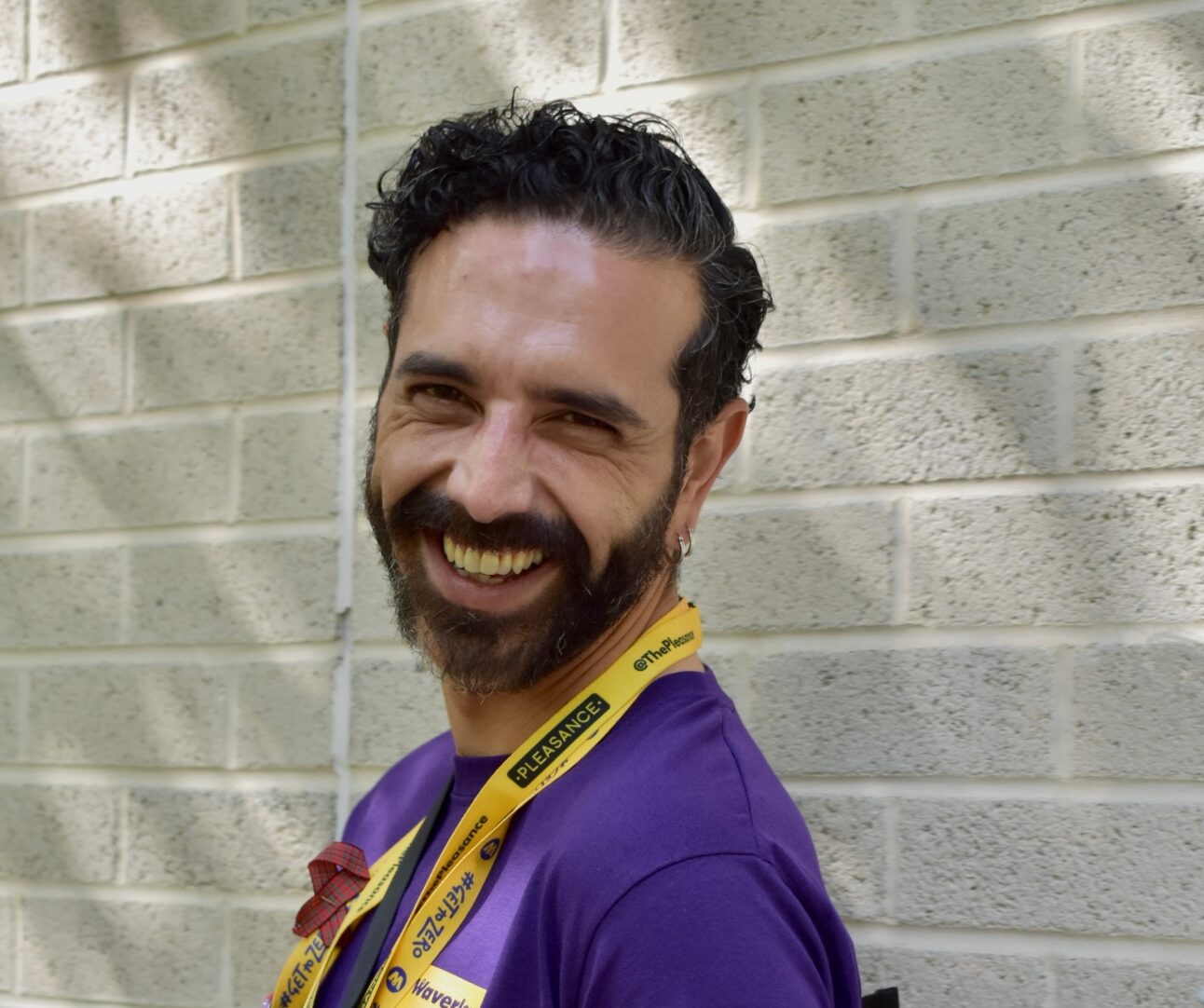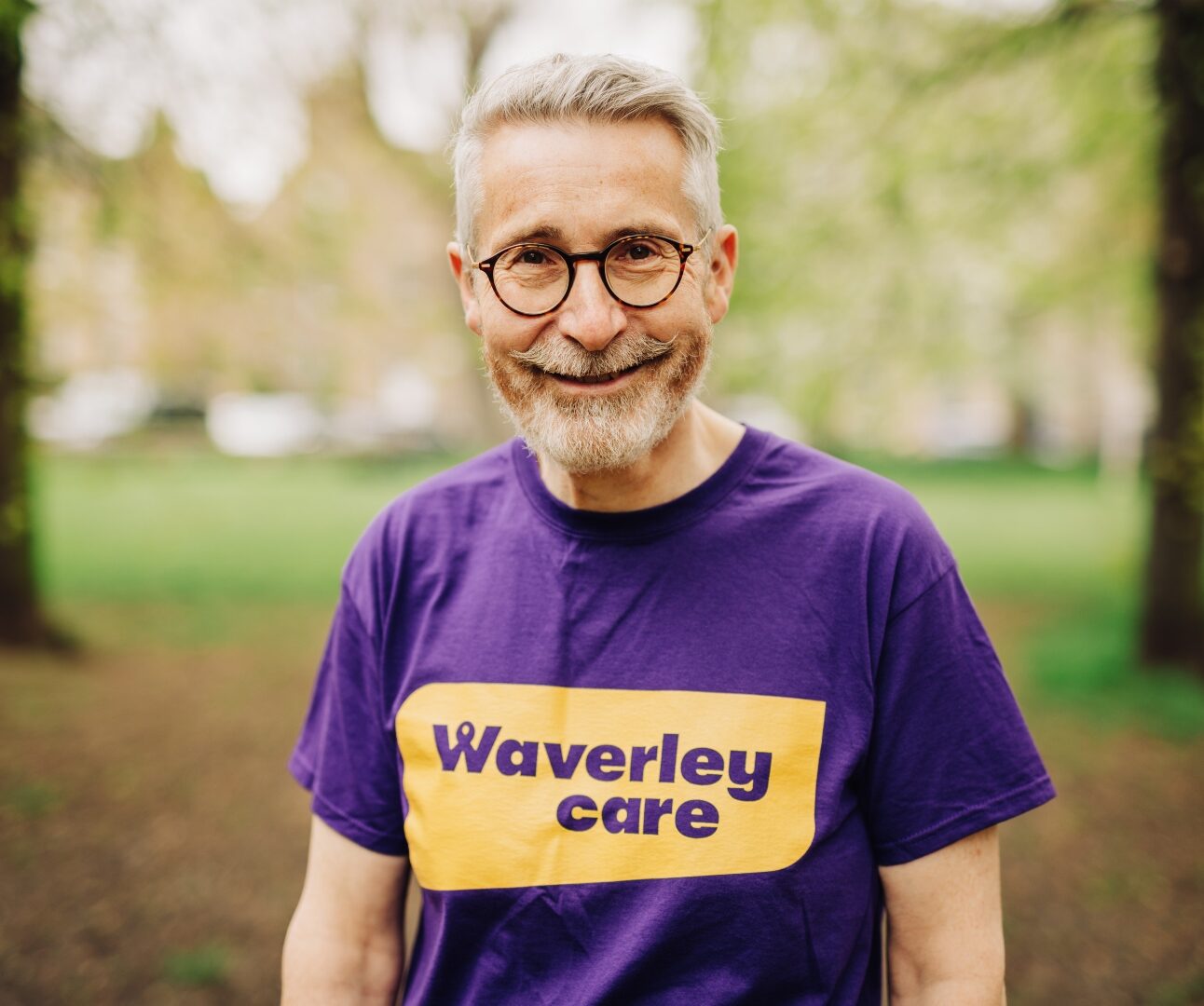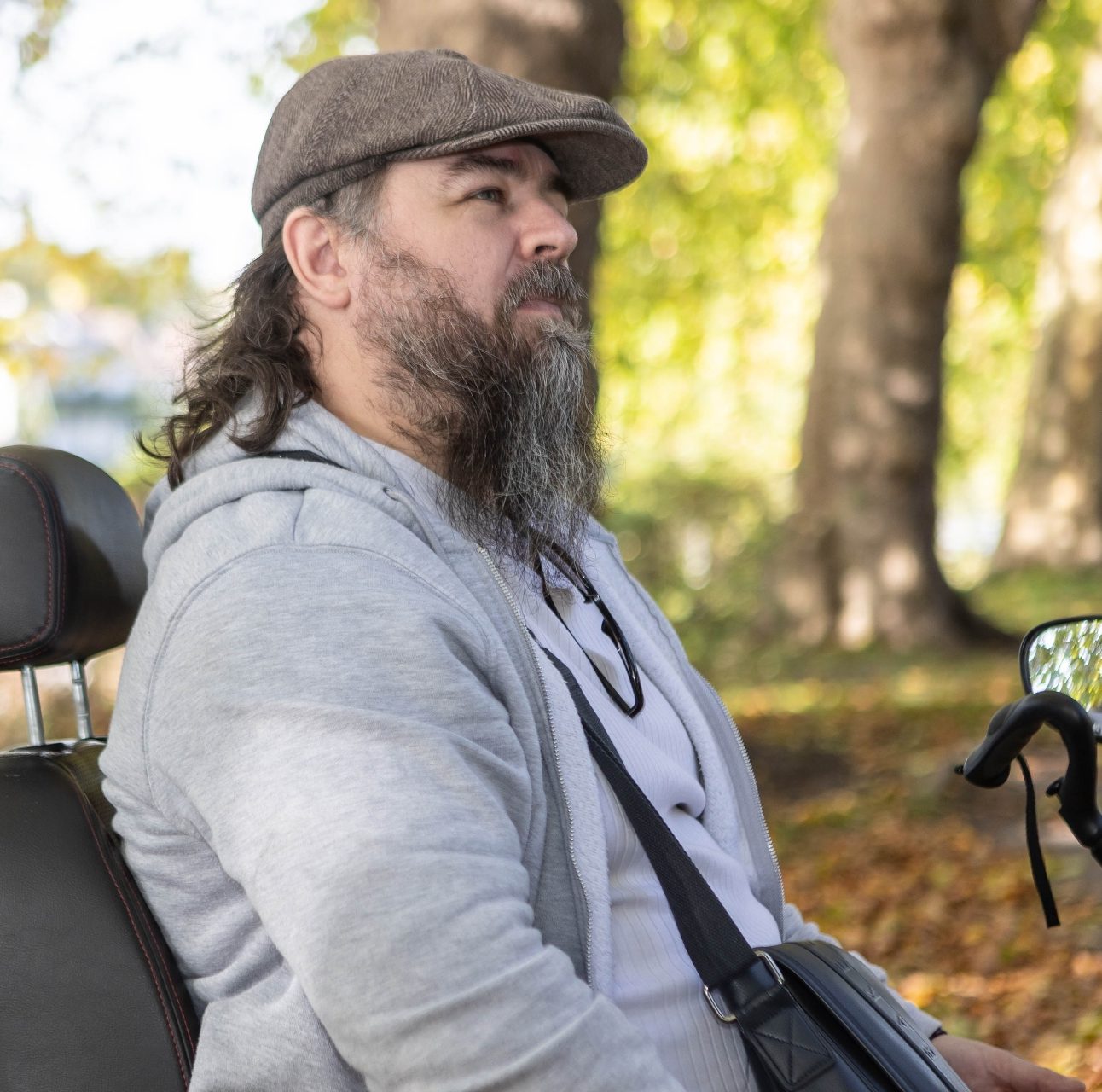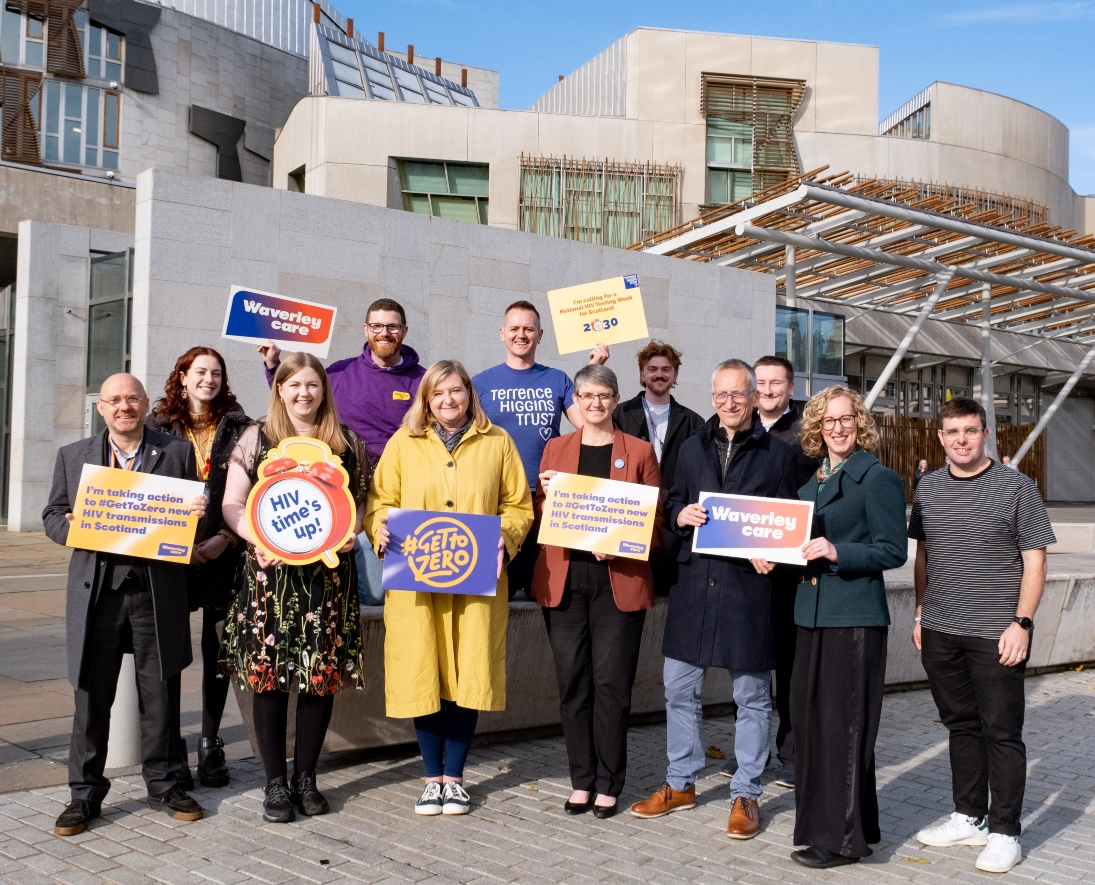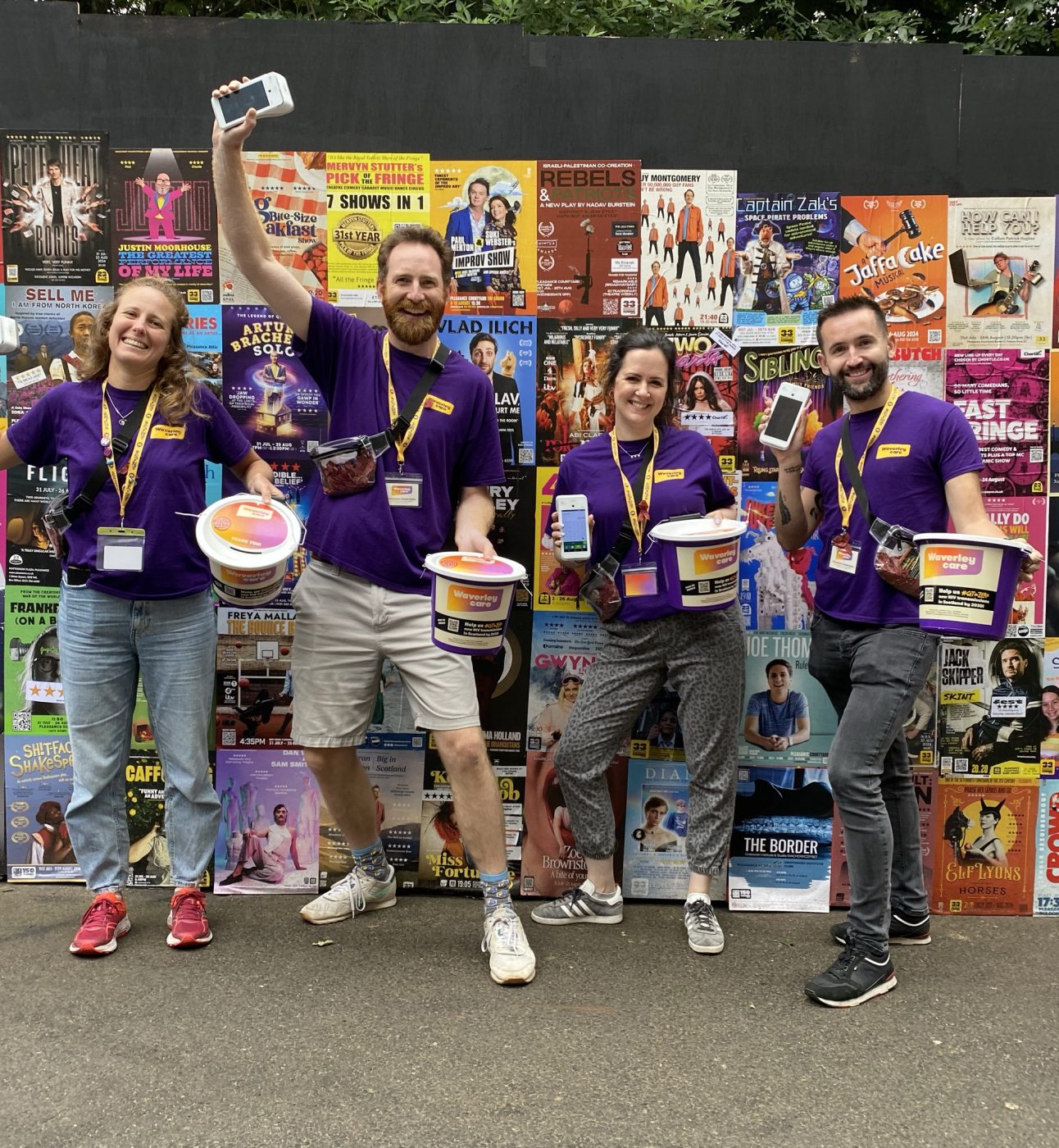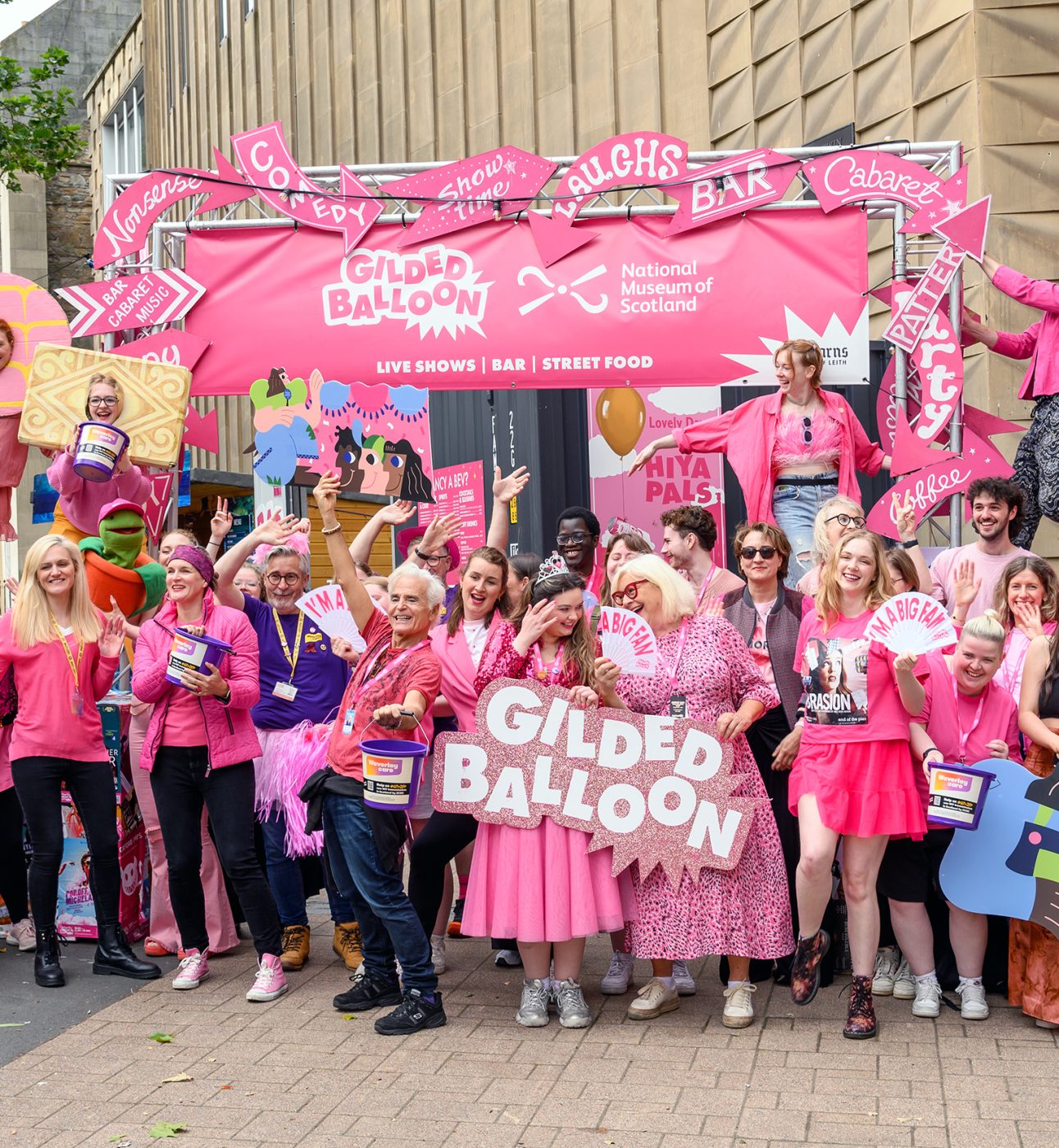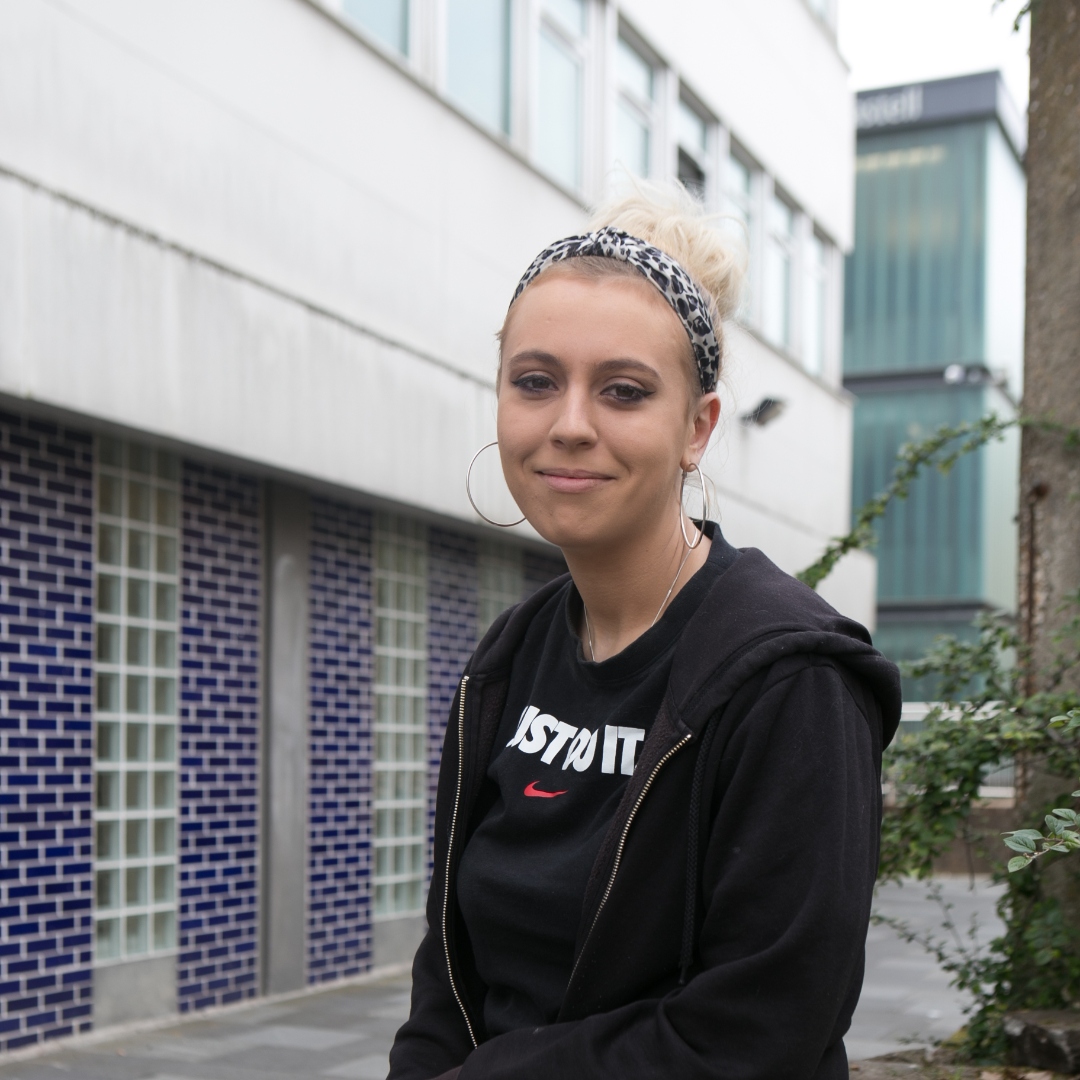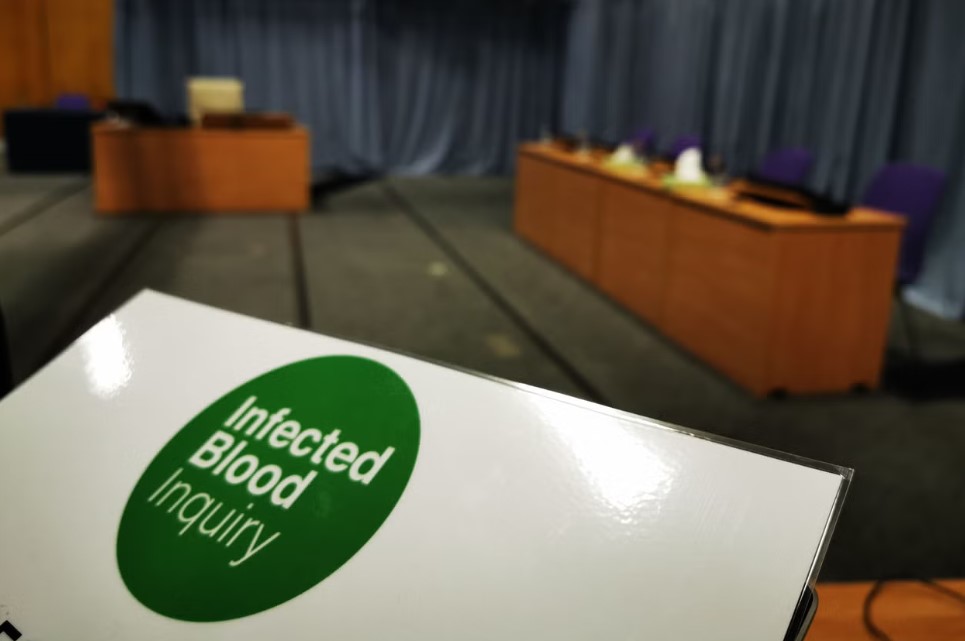It is with great sadness that we share the news of the passing of our former colleague, Margaret Lance, last month. Margaret was a valued and much-loved member of the Waverley Care team, dedicating nearly 13 years of her life to our charity and the communities we serve.
Margaret joined Waverley Care in 2011 and played an instrumental role in our work supporting people living with HIV, with a particular focus on Scotland's African communities. She was deeply committed to championing the needs of those she worked with, always going above and beyond to ensure their voices were heard.
Her dedication extended beyond her professional duties. Margaret was a source of kindness, wisdom, and encouragement to those around her. She led our women's group with warmth and passion, creating safe and supportive spaces where women could embrace their full potential. Her advocacy for equality in women's healthcare was unwavering, and her messages of resilience, self-belief, and compassion resonated with countless individuals.
Margaret's spirit of community, care, and dedication will never be forgotten. Her legacy lives on in the lives she touched, the positive change she championed, and the inspiration she left behind for future generations.
At this difficult time, our thoughts are with Margaret's family and friends. Her work continues to inspire us, and we will honour her legacy by carrying forward the values she held dear.


